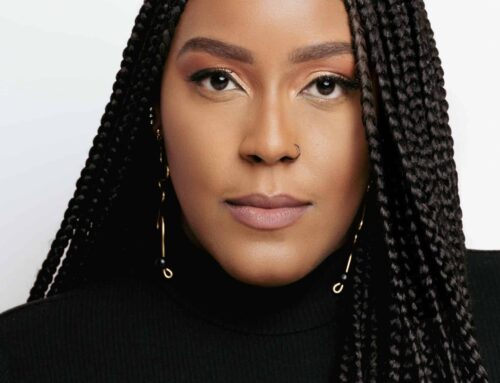This story was originally published in the Spring 2016 issue of SHE Magazine.
“Are you having a boy or a girl?”
I wonder how much longer we’ll ask expectant parents this question. Maybe instead we should start asking ourselves why assigning a gender at birth is so important to us.
More and more young people in Canada are starting to express their gender in unique ways that go beyond the masculine/feminine binary. As parents, it is critical that we respond with love, curiosity, and an open mind.
It is just as critical that we take the initiative to start conversations about gender before our kids bring the issue to us. The cost of ignorance is far too high, because LGBTQ youth—many of whom fall outside the gender binary—are at disproportionate risk for bullying, mental health issues, and suicide.
To help keep our children safer, we need to learn the differences between gender identity, gender expression, biological sex, and sexual orientation. And we have to be willing to talk to our kids about all of it. This list offers a few tips for starting the conversation.
Tips for Talking to Kids about Gender
Point out exceptions to gender rules
If my child complains that the boys play too rough, I ask her if she knows any boys who are gentle or any girls who are rough. I encourage her to find someone of any gender who has the play style she prefers. If she asks me: “Will I have to wear makeup when I grow up?” I explain that some girls don’t, some boys do, and no one has to if they don’t want to.
Make it on Ongoing Conversation
Use everyday moments to question gender roles. For example, if your child has a female doctor, tell them people used to think women shouldn’t be doctors, but now we know that’s not true. Tell them they can be anything they want. Or, instead of identifying people by gender, try using other terms. For example, instead of: “The boys are coming over,” say: “The cousins are coming over.”
Explain that Gender can Shift
If you know people who break gender molds, talk about this with your child. If you can’t think of personal examples (I’m sure you can if you look hard enough), use examples from books, TV shows, or media stories. Help them understand that some people want to change their gender—and that’s OK. Teach them to be supportive of people’s personal choices.
Encourage them to Explore their own Gender Identity and Expression
Give your kids the space—and encouragement—to experiment with hairstyles and clothing, roles in make-believe play, choices of books, toys, games, movies, playmates, and other places where gender roles are usually strict. If they stick to stereotypical choices, help them to talk about these choices and make it clear you support however they choose to express themselves.
LGBTQ = Lesbian, Gay, Bisexual, Transgender, Queer
60% of transgender people were already questioning their gender identity by the age of 10.
LGBTQ students experience high rates of bullying—up to 70%.
The risk of suicide for LGBTQ youth is up to 14X higher than for heterosexual youth.
SOURCES: TRANS PULSE PROJECT, EGALE CANADA HUMAN RIGHTS TRUST, RAINBOW HEALTH ONTARIO.







